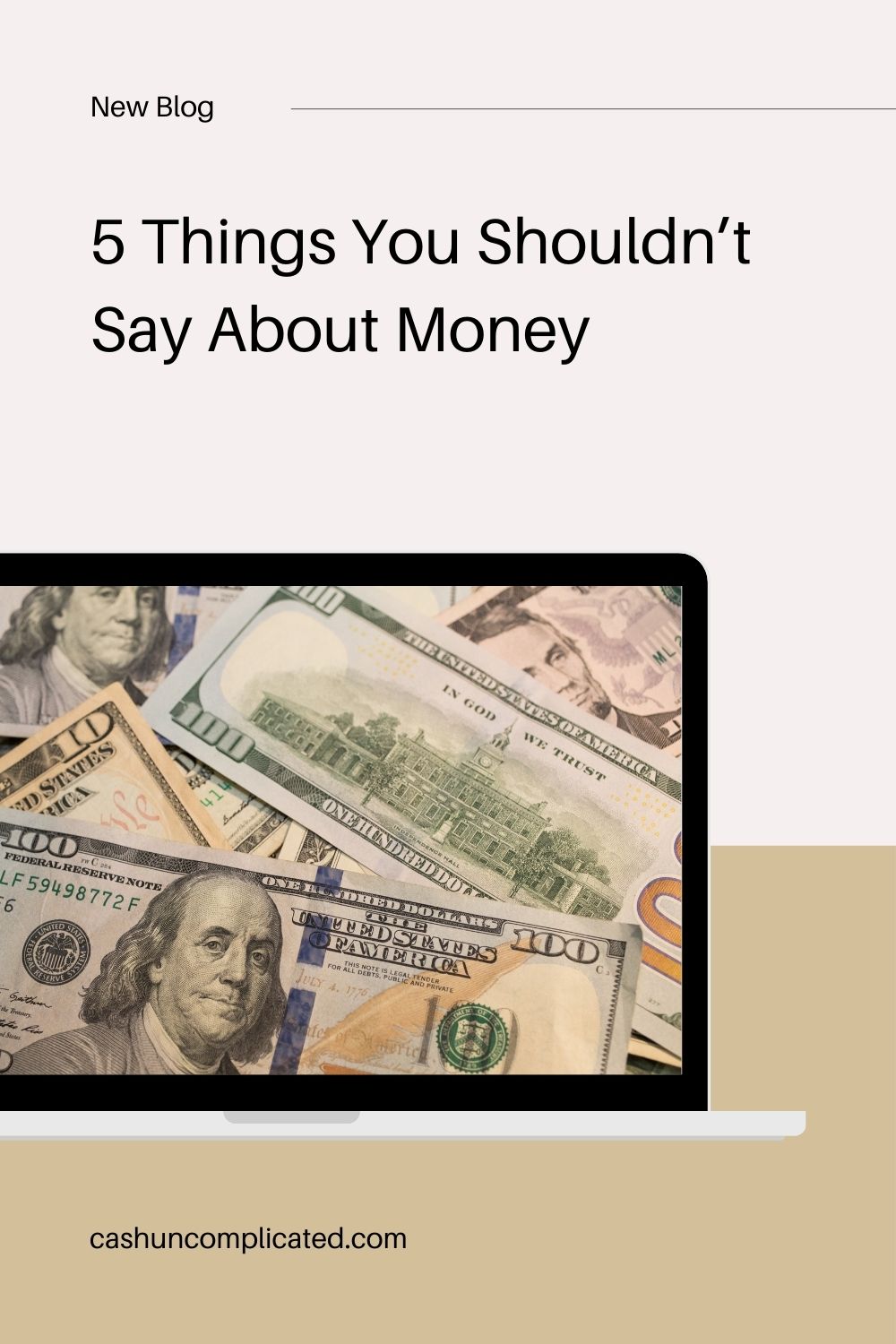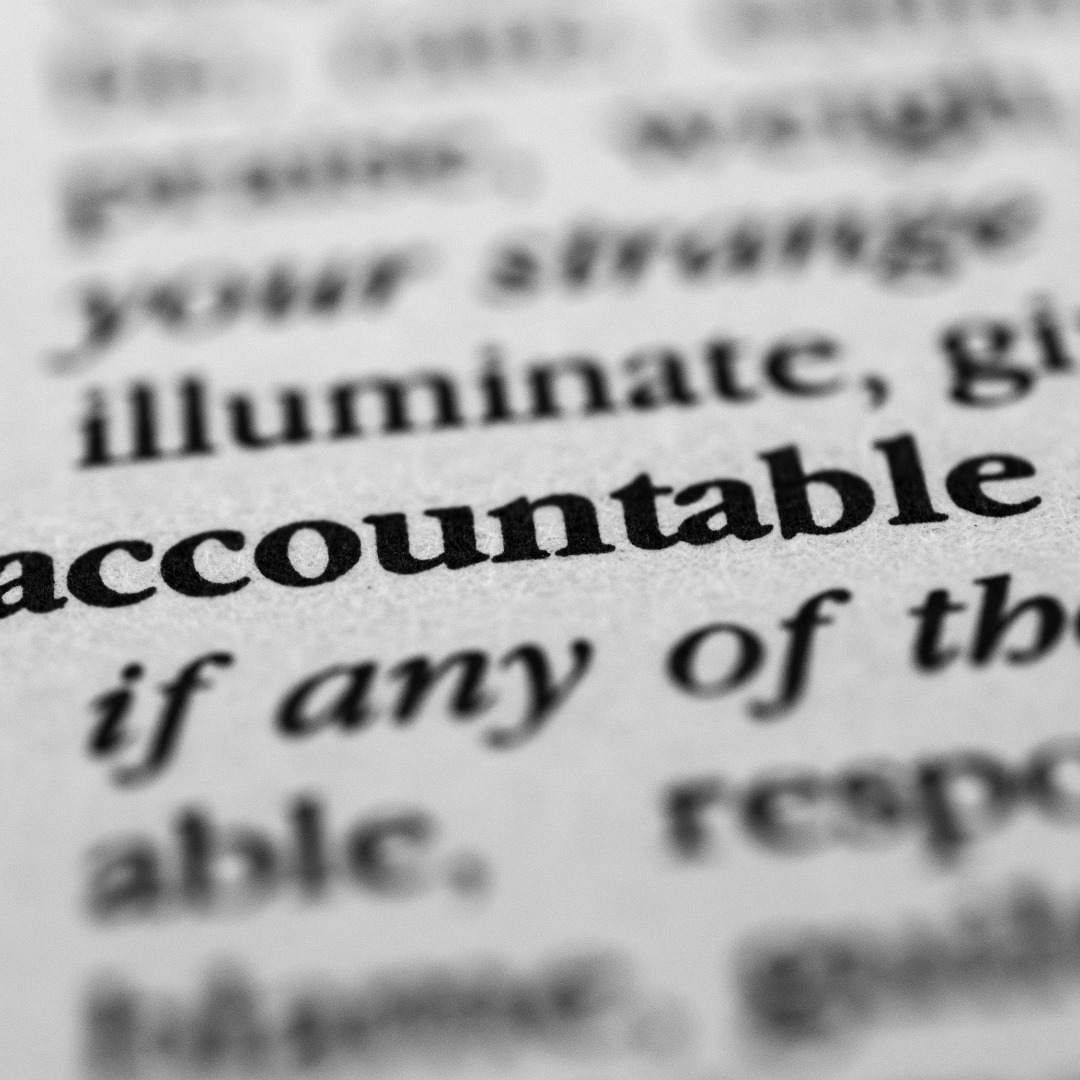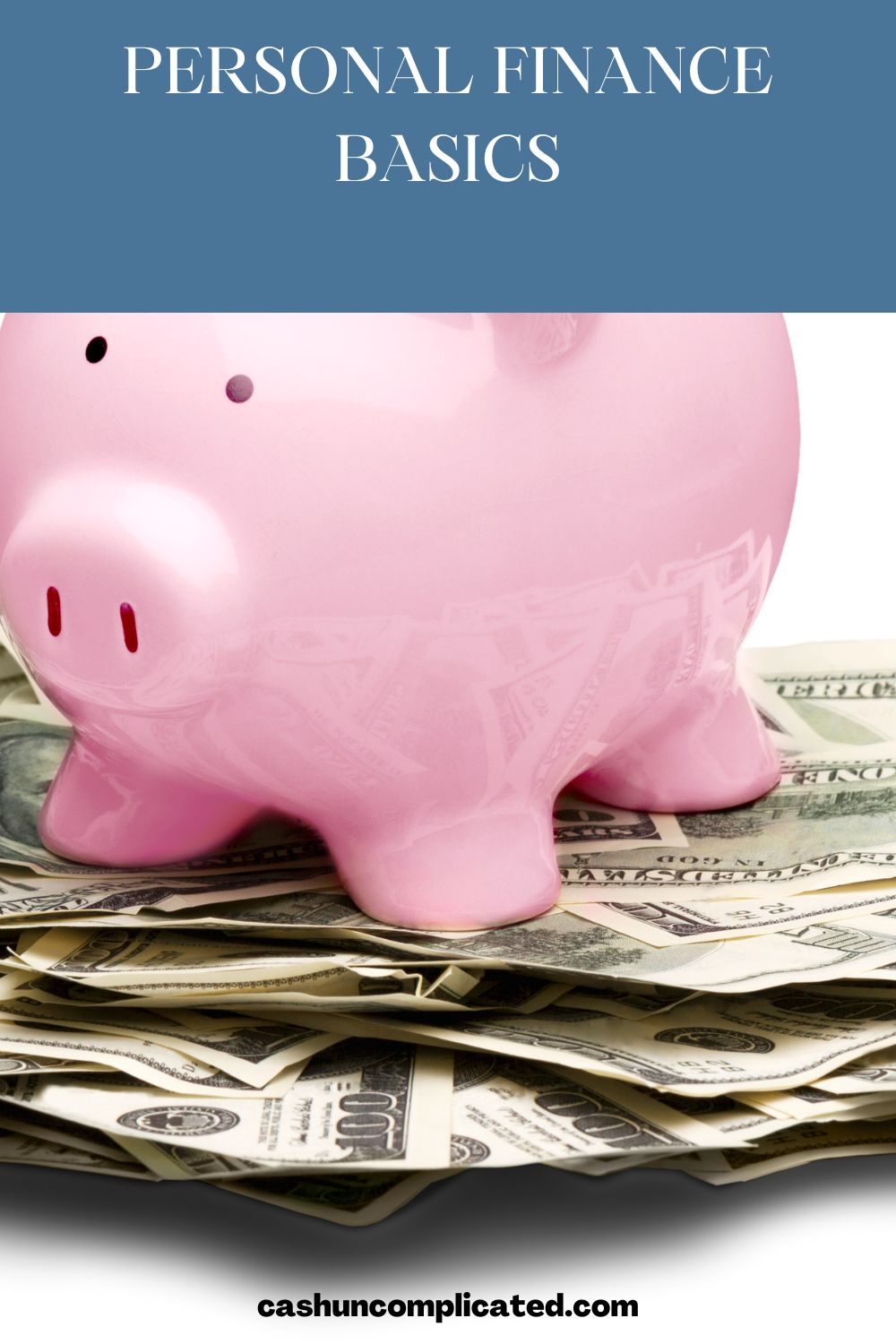News media, bloggers, influencers, advisors, and others, are often guilty of creating hard and fast rules. Writing authoritatively, we declare no flexibility or exceptions. It’s a “my way or the highway” message.
In general, the hard and fast rules and principles are pretty good. Some of the principles I follow are pay myself first, pay cash for cars, automate my money, have an emergency fund in cash, avoid consumer debt, and a few others. I stick to those principles and recommend others do the same.
Some of the financial rules I hear most often:
- Pay off all debt
- Don’t ever pay Private Mortgage Insurance (PMI)
- Get rid of all your credit card(s)
- Renting is throwing away money
- Always put at least 20% down on a house
For the average situation, these rules are pretty good. But they can also end up costing you money if you don’t look at each situation critically. Not all rules should be followed 100 percent of the time.
Looking at some of the rules above (including my own), let’s look at a few scenarios where the average person might want to deviate. All stories are fictional.
Pay Off All Debt
Stephanie is 26 years old and pays $300 per month into her federal student loans at 3.5% interest. She has $25,000 left on her loans and is on pace to pay them off in a little over 8 years. She makes $4,000 per month after taxes and wants to retire by age 50.
Her company offers a 401k match up to $6,000 per year. Stephanie currently invests $500 per month into her 401k to hit the $6,000 company match. She has the choice to continue contributing to her 401k with the company match or pay $500 extra towards the payoff of her student loans. Student loans are her only debt.
With the company match, Stephanie is investing her own $6,000 plus an additional $6,000 from her company, for a total of $12,000 per year. If she chooses to pay an extra $500 towards her student loans, she’ll eliminate several years of interest payments on the loans, but lose out on the company match.
From a strictly math perspective, this is what her situation looks like:
Choice A: Pay off student loans before investing
- $25,000 in federal loans
- 5% interest
- Pay an extra $500 per month, for a total of $800 per month
- Total interest paid: $1,400
- 66 months cut off loan and savings of $2,400
- Federal loans will be paid off in 33 months
- Invest $800 per month beginning month 34
- 62 months left to invest until reaching 8 (96 months) year mark (96-33=63)
- Invest $800 in month 34, 35, 36 for a total of $2,400 plus $2,400 company match, grand total $4,800. That will be pro-rated amount for the remainder of year 3
- Year 4 through year 8 leaves 5 years’ worth of the following investments:
- $800 per month multiplied by 12 months equals $9,600 per year
- $9,600 per year plus $6,000 company match equals $15,600 per year
- $15,600 per year multiplied by 5 years equals $78,000
- $78,000 plus $4,800 (pro-rated year 3) equals $82,800
- $82,800 minus $1,400 interest equals $81,400
- Net after 8 years equals $81,400
Choice B: Invest (with company match) and pay off loans simultaneously
- $25,000 in federal loans
- 5% interest
- Make $300 per month in student loan payments
- Will be paid off in 8 years (96 months)
- Total interest paid: $3,800
- Invest $500 per month into company 401k and get the $6,000 per year company match
- After 8 years: loans paid off and 401k will have balance of $96,000 (not factoring in any compounding)
- $6,000/year doubled with company match equals $12,000/year
- $12,000/year multiplied by 8 years equals $96,000
- $96,000 minus $3,800 paid in interest equals $92,200 total (excluding any compounding)
- Net after 8 years equals $92,200
If Stephanie pays off all debt before investing like in choice A, she nets $81,400. If she invests while paying off her student loans like in choice B, she nets $92,200.
Both scenarios exclude compounding in order to give an apples to apples comparison. In this scenario, investing and paying off debt simultaneously will net Stephanie $10,800 more than paying off debt first. And that’s without compounding, which would further separate the numbers.
As an important note, this comparison assumes Stephanie pays off debt and invests as consistently as the numbers above. In reality, many people are inconsistent, and need one big financial goal like paying off debt to keep them on track.
Don’t Ever Pay Private Mortgage Insurance and Always Put At Least 20 Percent Down
We can combine two statements here since they are so closely related. Private mortgage insurance (PMI) and putting 20 percent down on a house. Nobody wants to pay PMI, but there are scenarios in which it makes sense. Let’s use another fictional story to illustrate the point.
Alexis is 25 years old and has been renting a room in a 3-bedroom house for $600 per month. She has enough money saved up for a small down payment on a 3 bedroom/2 bath house for $250,000. Not enough to put 20 percent down, but enough to put 3.5 percent down and qualify for a loan.
She understands that she will need to pay PMI since she doesn’t have 20 percent to put down on the house. She ran the numbers on a 30-year loan at a 3 percent interest rate and calculated her monthly payments to be $1,400.
That amount covered principal, interest, property taxes, insurance, and PMI. She also needed to put down $11,500 for not only the 3.5 percent, but also the closing costs.
Alexis made enough in her job to cover the monthly payments of $1,400 but she has a different plan. She reasoned that she lived with roommates in college, and in the years after college. She’s always enjoyed the experience and planned to live with roommates at least the next five years. Rather than pay the entire mortgage herself, she decided to live in one room and rent out the other two rooms.
Alexis knew that the houses in her area were renting out for between $600 and $725 per room. Conservative in nature, she used the low number of $600 for bedroom 1 and $675 for bedroom 2 since it was larger and had an attached bathroom. She knew she could probably get more, but she wanted to be conservative.
- Monthly payment: $1,400
- Bedroom 1 rent: $600
- Bedroom 2 rent: $675
- Total rents collected: $1,275
- Difference: $125
For $125 per month, Alexis would be getting her own room in a house she owned!
Still not finished, Alexis also wanted to start a separate bank account for repairs and vacancies. She knew she was in a really great situation but that houses and people were not perfect. She saved $150 per month for repairs and $100 per month for vacancies, for a total of $250. That way, when something went wrong with the house, or if someone moved out, she’d have it covered.
She added the monthly $250 for repairs and vacancies to the $125 remaining on the monthly mortgage payments. All in, she was at $375 per month to own her home. That was $225 less than she paid as a renter. Being a savvy investor, Alexis added the surplus to her real estate down payment account so she could purchase another property in the next couple of years.
Renting is Throwing Away Money
Often times it can make sense to rent. Take the case of James, who just moved to San Francisco to work for three to four years before returning back home. Upon arriving to San Francisco, he stayed with a buddy of his for a couple weeks while looking for an apartment.
Through a friend of a friend, he met a guy whose roommate was moving out in a week. The room was on the smaller side so he said James could have it for $1,400 a month. The guy traveled a lot for work so he’d be on the road about half the month. James had thought about trying to buy a place but even small one bedrooms were going for over $700,000.
After giving it some thought, $1,400 per month seemed like a great deal so James took it. Especially since he’d have the place to himself for half the month when his roommate was traveling for work.
Get Rid of All Your Credit Cards
Some people can handle a credit card, while others can’t. If you’re the type of person who pays is financially responsible, pays off their card every month, and never carries a balance, a credit card can be a good thing. Especially if utilizing a rewards card for cash back or a rewards program.
Many credit card companies offer significant rewards to entice customers to sign up for their card. Airline miles, cash back, hotel stays, and many other rewards are available. I have taken advantage of many free flights using my card over the years by paying for essentials such as groceries and gas. I know many people who do the same without a problem.
I’m the type of person who always pays off my balance and doesn’t overspend, so I feel like I’m a good candidate to use a credit card. If you feel like you might carry a balance or use the card irresponsibly, you’re probably better off using cash or a debit card.
Summary
In personal finance, blanket rules are usually pretty good. They are meant to give people quick, easy to access solutions for everyday issues. There are exceptions to rules though, and everyone’s situation is unique. What is good for one person may not work for you.
Use financial rules as a tool, not as a hard and fast owners-manual to live your life. Think critically and make decisions based on what best suits your financial situation and life. Be confident in your process and then move on.








